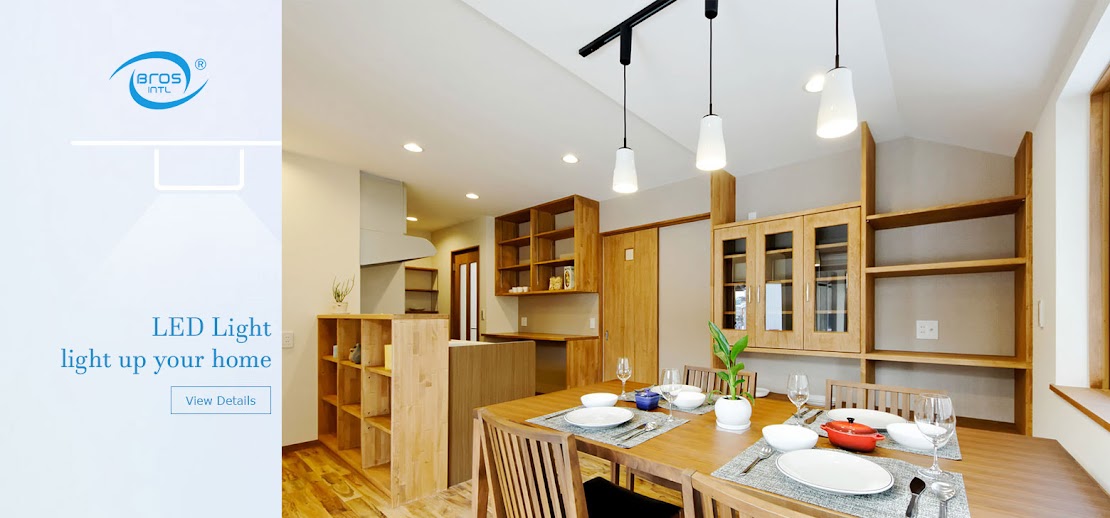Timeline of LED Application in Automotive Headlamp
Automotive headlamp applications using light-emitting diodes (LEDs) have been undergoing very active development since 2004.[78][79]
In 2004 the Audi A8 W12 became the first production car to use LED headlight technology, for the integrated daytime running lamps.[80][81][82]
In 2006 the first series-production low beam, front position light and sidemarker function LED headlamps were factory-installed on the Lexus LS 600h / LS 600h L presented in 2007 for 2008 models. The high beam and turn signal functions use filament bulbs. The headlamp is supplied by Koito.
In 2007 the first Full-LED headlamps, supplied by AL-Automotive Lighting, were introduced on the V10 Audi R8 sports car (except in North America).[83]
In 2009 Hella headlamps on the 2009 Cadillac Escalade Platinum became the first US market all-LED headlamps.
In 2010 the first all-LED headlamps with Adaptive highbeam and Intelligent Light System were introduced on the 2011 Mercedes-Benz CLS-Class: LED High Performance headlamps.
In 2012 the first mechanically controlled LED glare free headlamps were introduced on BMW 7 Series Selective Beam (anti-dazzle High-Beam Assistant).[84]
In 2013 the first digitally controlled, full-LED glare-free adaptive highbeam is introduced by Audi on the facelifted Audi A8, with 25 individual LED segments (Matrix LED).[85] The system dims light that would shine directly onto oncoming and preceding vehicles, but continues to cast its full light on the zones between and beside them. This works because the LED high beams are split into numerous individual light-emitting diodes. High-beam LEDs in both headlights are arranged in a matrix and adapt fully electronically to the surroundings in milliseconds. They are activated and deactivated or dimmed individually by a control unit. In addition, the headlights also function as a cornering light. Using predictive route data supplied by the MMI navigation plus, the focus of the beam is shifted towards the bend even before the driver turns the steering wheel. In 2014: Mercedes-Benz introduced a similar technology on the facelifted CLS-Class in 2014, called MULTIBEAM LED, with 24 individual segments.[86]
Designs as of MY2010, such as those available as optional equipment on the 2010 Toyota Prius, give performance between halogen and HID headlamps,[87] with system power consumption slightly lower than other headlamps, longer lifespans and more flexible design possibilities.[88][89] As LED technology continues to evolve, the performance of LED headlamps is predicted to improve to approach, meet, and perhaps one day surpass that of HID headlamps.[90]
The limiting factors with LED headlamps presently include high system expense, regulatory delays and uncertainty, and logistical issues created by LED operating characteristics. The junction temperature of LEDs affects the performance and reliability of high-power LEDs, and designers of high-power systems use thermal management techniques like heat sinks.[91]
HID lamps emit infrared energy that can defrost snow and ice from the front lens of a headlamp, while LEDs do not, and need to cycle heat from the heat-sink to the front of the panel to de-ice and de-fog the lens.[92]
LEDs are increasingly being adopted for signal functions such as parking lamps, brake lamps and turn signals as well as daytime running lamps, as in those applications they offer significant advantages over filament bulbs with fewer engineering challenges than headlamps pose.
-source from wikipedia.
BROSintl® offers automotive led headlight bulbs in three categories, economical, medium and premium, for different market demands. Click here to our homepage checking auto led headlamps.




